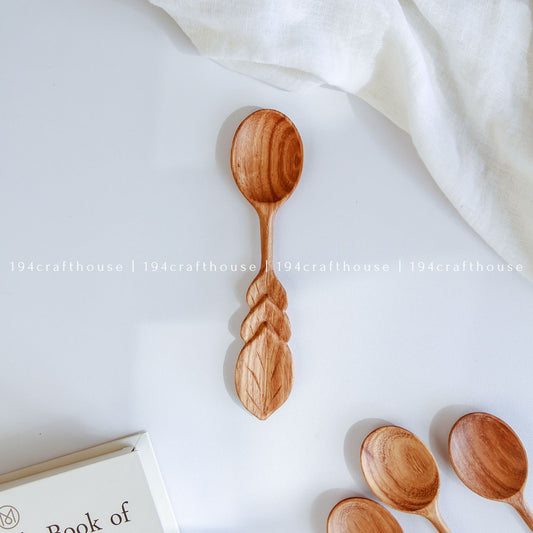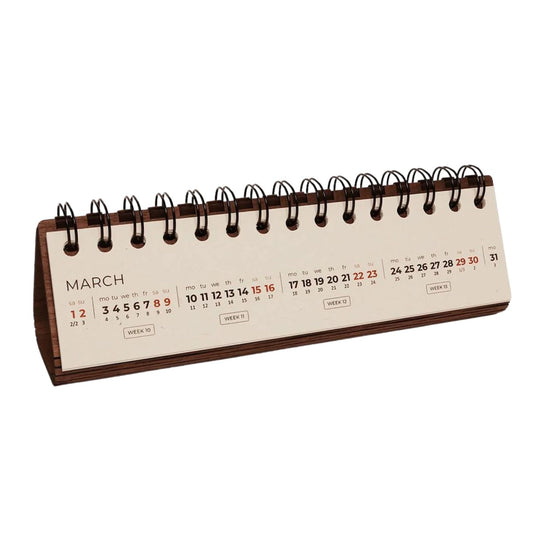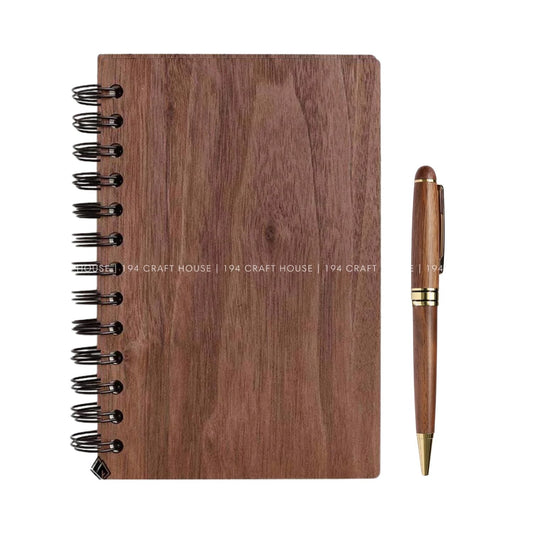Linen is a timeless and elegant fabric renowned for its durability, breathability, and natural beauty. Whether you’re using linen tablecloths, napkins, placemats, or other home textiles, proper care ensures that your linen products remain soft, vibrant, and long-lasting.
This guide provides detailed instructions and tips on how to clean and maintain your linen items effectively.
1. Understanding Linen: Why Proper Care Matters
Linen, made from the fibers of the flax plant, is prized for its strength and ability to keep cool in warm weather while providing warmth in cooler conditions. However, to preserve its natural qualities and extend its lifespan, linen requires specific care:
- Durability: While linen is strong, improper cleaning can weaken fibers.
- Appearance: Proper maintenance keeps linen looking fresh and vibrant.
- Feel: Regular care ensures linen remains soft and comfortable.
2. General Tips for Linen Care
Before diving into specific cleaning methods, here are some overarching tips to keep your linen products in top condition:
- Read Care Labels: Always check the manufacturer’s instructions for any specific guidelines.
- Sort by Color: Separate whites, light colors, and dark colors to prevent color bleeding.
- Avoid Overloading: Whether washing by hand or machine, don’t overcrowd to allow thorough cleaning.
- Handle Stains Promptly: Address stains as soon as possible to prevent them from setting.
- Iron While Damp: Linen is easier to iron when slightly damp, reducing wrinkles and effort.
3. Cleaning Linen Products
3.1. Machine Washing Linen

Machine washing is convenient and effective for most linen items. Follow these steps for optimal results:
Choose the Right Detergent:
- Use a mild, liquid detergent to prevent residue buildup.
- Avoid bleach and harsh chemicals that can weaken fibers and cause discoloration.
Select the Appropriate Wash Cycle:
- Opt for a gentle or delicate cycle with cold or lukewarm water (30°C or 86°F).
- Hot water can shrink and damage linen fibers.
Use a Mild Washing Detergent:
- Harsh detergents can degrade linen over time. A mild detergent preserves the fabric’s integrity.
Avoid Fabric Softeners:
- Fabric softeners can reduce linen’s natural luster and breathability.
Wash Similar Fabrics Together:
- Combine linen items with similar fabrics to ensure even washing and prevent damage.
Drying Linen:
- Tumble Dry Low: If using a dryer, select a low heat setting to minimize shrinkage.
- Air Dry: Line drying or laying flat is preferable. Avoid direct sunlight to prevent fading.
- Remove Promptly: Take linen out of the dryer or from the drying line promptly to reduce wrinkles.
3.2. Hand Washing Linen
Hand washing is ideal for delicate linen items or those with intricate details:
Fill a Basin with Lukewarm Water:
- Use cool to lukewarm water to prevent shrinking and damage.
Add Mild Detergent:
- Dissolve a small amount of gentle detergent in the water.
Submerge and Gently Agitate:
- Place linen items in the water and gently swish them around. Avoid excessive rubbing or twisting.
Rinse Thoroughly:
- Drain the soapy water and refill the basin with clean, lukewarm water.
- Rinse the linen until all detergent residues are gone.
Remove Excess Water:
- Gently press or roll the linen in a clean towel to remove excess water. Avoid wringing, which can distort the fabric.
Drying:
- Lay the linen flat on a clean, dry surface or hang it to air dry. Ensure it dries completely to prevent mildew.
 Read this article: Rattan and Linen: The Perfect Pair for a Sustainable Thanksgiving Table Decor
Read this article: Rattan and Linen: The Perfect Pair for a Sustainable Thanksgiving Table Decor
3.3. Spot Cleaning Linen
For small stains or spills, spot cleaning is effective and prevents the need for a full wash:
Blot the Stain:
- Use a clean, dry cloth or paper towel to blot the spill gently. Avoid rubbing, which can spread the stain.
Apply a Mild Detergent Solution:
- Mix a small amount of mild detergent with lukewarm water.
- Using a clean cloth, dab the solution onto the stain.
Rinse:
- Dampen another clean cloth with plain water and blot the area to remove detergent residue.
Dry:
- Allow the spot to air dry completely
Note: For tougher stains like wine or grease, consider using a specialized stain remover designed for linen or consult a professional cleaner.
4. Ironing and Storing Linen
4.1. Ironing Linen

Linen naturally wrinkles, but proper ironing can enhance its appearance:
Iron While Damp:
- Linen is easier to press when slightly damp. If it’s already dry, lightly mist it with water.
Set the Iron to the Right Temperature:
- Use a high heat setting with steam for effective ironing.
- Ensure the iron’s soleplate is clean to prevent fabric damage.
Iron on the Reverse Side:
- To prevent shiny spots, iron linen on the inside.
Use a Pressing Cloth:
- Place a thin cloth between the iron and linen to protect the fabric from direct heat.
4.2. Storing Linen

Proper storage extends the life of linen products:
Ensure Complete Dryness:
- Always store linen when it’s completely dry to prevent mold and mildew.
Fold Neatly:
- Fold linen items neatly to avoid deep creases and wrinkles.
Use Breathable Storage:
- Store in cotton bags or containers with ventilation. Avoid plastic bags, which can trap moisture.
Avoid Direct Sunlight:
- Store linen in a cool, dry place away from direct sunlight to prevent fading.
Add Natural Repellents:
- Place sachets of lavender or cedar blocks in storage to deter pests and keep linen smelling fresh.
5. Additional Tips for Maintaining Linen
Avoid Overwashing:
- Linen is naturally resistant to dirt and stains. Washing only when necessary preserves the fabric’s integrity.
Use a Laundry Bag:
- When machine washing, place linen items in a mesh laundry bag to protect them from friction and snagging.
Rotate Usage:
- For frequently used items like tablecloths and napkins, rotating them can reduce wear and tear.
Repair Promptly:
- Address minor repairs like loose threads or small tears immediately to prevent further damage.
Avoid Harsh Chemicals:
- Stay away from bleach and strong detergents that can weaken linen fibers and cause discoloration.
6. Frequently Asked Questions (FAQs)
Q1: Can I bleach my linen products?
A: It’s best to avoid bleach as it can weaken linen fibers and cause discoloration. If you need to whiten linen, opt for oxygen-based bleach and use it sparingly.
Q2: How can I reduce wrinkles in linen without ironing?
A: Hang linen items immediately after washing to allow gravity to smooth out wrinkles. You can also steam them using a garment steamer or the steam setting on an iron.
Q3: Is it safe to tumble dry linen?
A: Yes, but use a low heat setting to minimize shrinkage and wrinkles. Remove linen promptly from the dryer to prevent excessive wrinkling.
Q4: How often should I wash my linen tablecloth?
A: For regular use, washing once a week or as needed is sufficient. For occasional use, wash before and after each use to maintain freshness.
Q5: Can I use vinegar to soften linen?
A: Yes, adding a half-cup of white vinegar to the rinse cycle can help soften linen naturally without leaving residue.
Conclusion
Linen products, with their natural elegance and durability, are a valuable addition to any home. By following these cleaning and care guidelines, you can ensure that your linen tablecloths, napkins, placemats, and other items remain beautiful and functional for years to come. Embrace the timeless charm of linen while maintaining its pristine condition through proper maintenance and thoughtful handling.
Remember, investing time in caring for your linen not only preserves its aesthetic appeal but also promotes sustainable living by extending the life of your beloved textiles. Enjoy your eco-friendly and elegantly maintained linen products during every meal and celebration!








